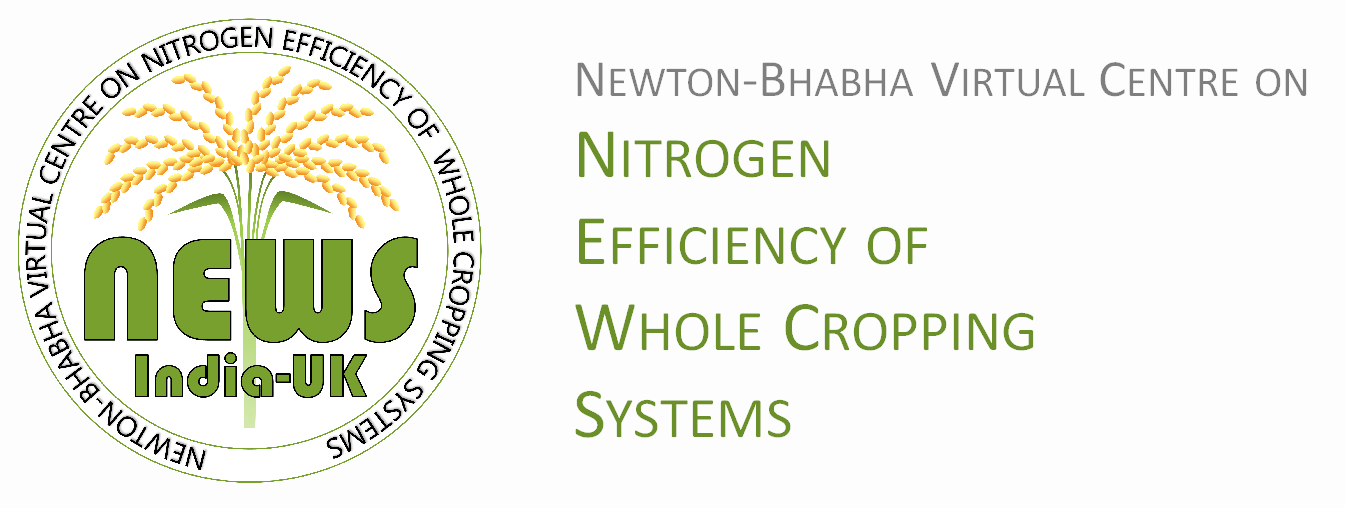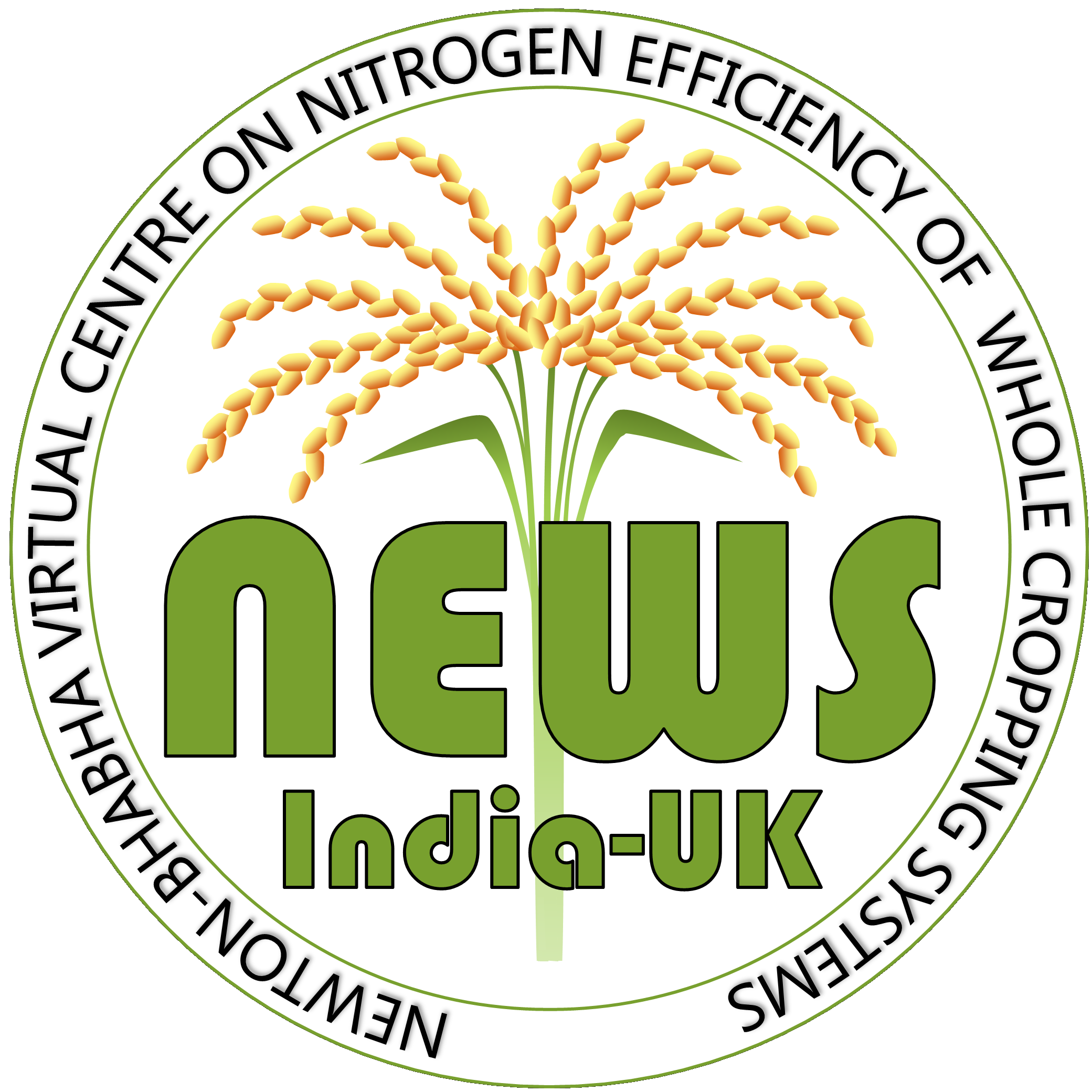The science components of the project provide the basis to address 8 specific hypotheses:
-
Traits identified for improved plant nitrogen use efficiency (NUE) are coupled to other characteristics including rooting characteristics, drought resistance and biochemical indicators (Component 1).
- The ability of rice plants to directly take up and utilise urea, and microbial N-fixation by exo/endophytes, could contribute significantly to the overall nitrogen (N) budget of the plant, and therefore NUE (Component 1).
- Novel plant mechanisms (e.g. better plant urea uptake or overexpression of alanine aminotransferase) support use of enzyme inhibitors and other ways to reduce N emissions (Component 1, 2).
- Agronomic ways to limit ammonia (NH3), dinitrogen gas (N2) and nitrate (NO3-) loss will raise crop NUE while reducing N2O loss (Component 2).
- Combining options to improve plant and agronomic NUE will give and additive gains in NUE (Component 2, 3).
- Strategies for NUE improvement can be identified that provide win-win-wins for improved food, energy and environment (air, land, water, and climate) (Component 2, 3, 4).
- Better recycling of organic N sources must address the economic and social barriers (Component 4).
- Better characterization of national N losses and the economic benefits of improving NUE to the Indian economy will be critical in stimulating transformative change (Component 4).


